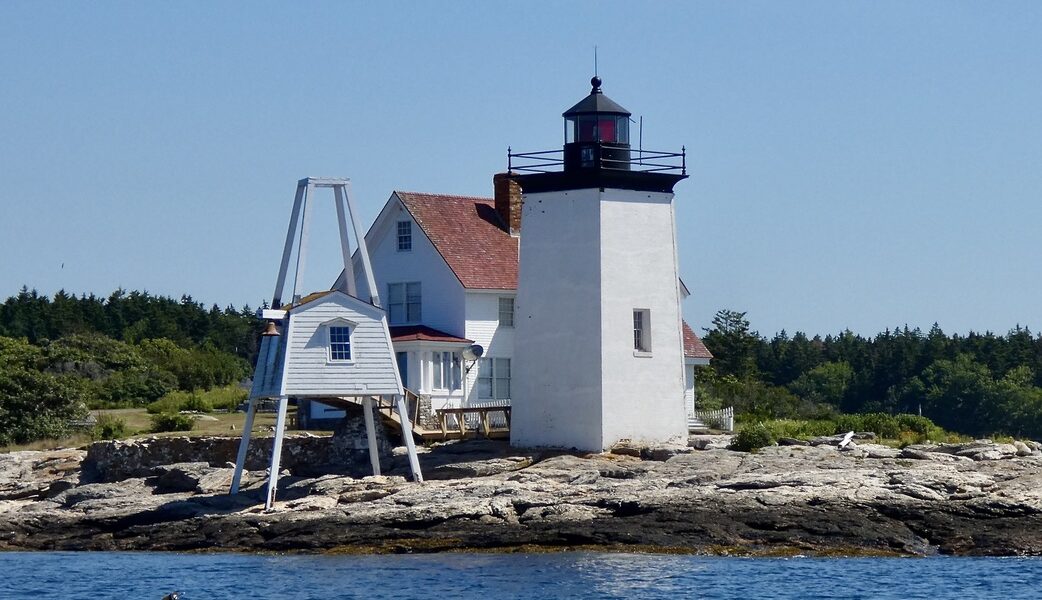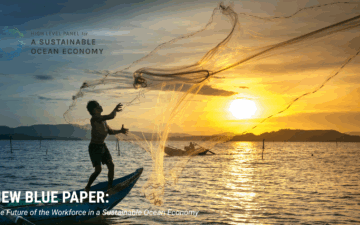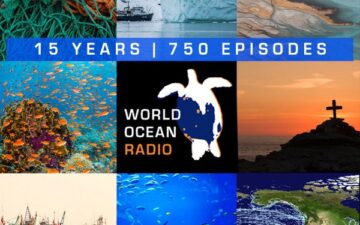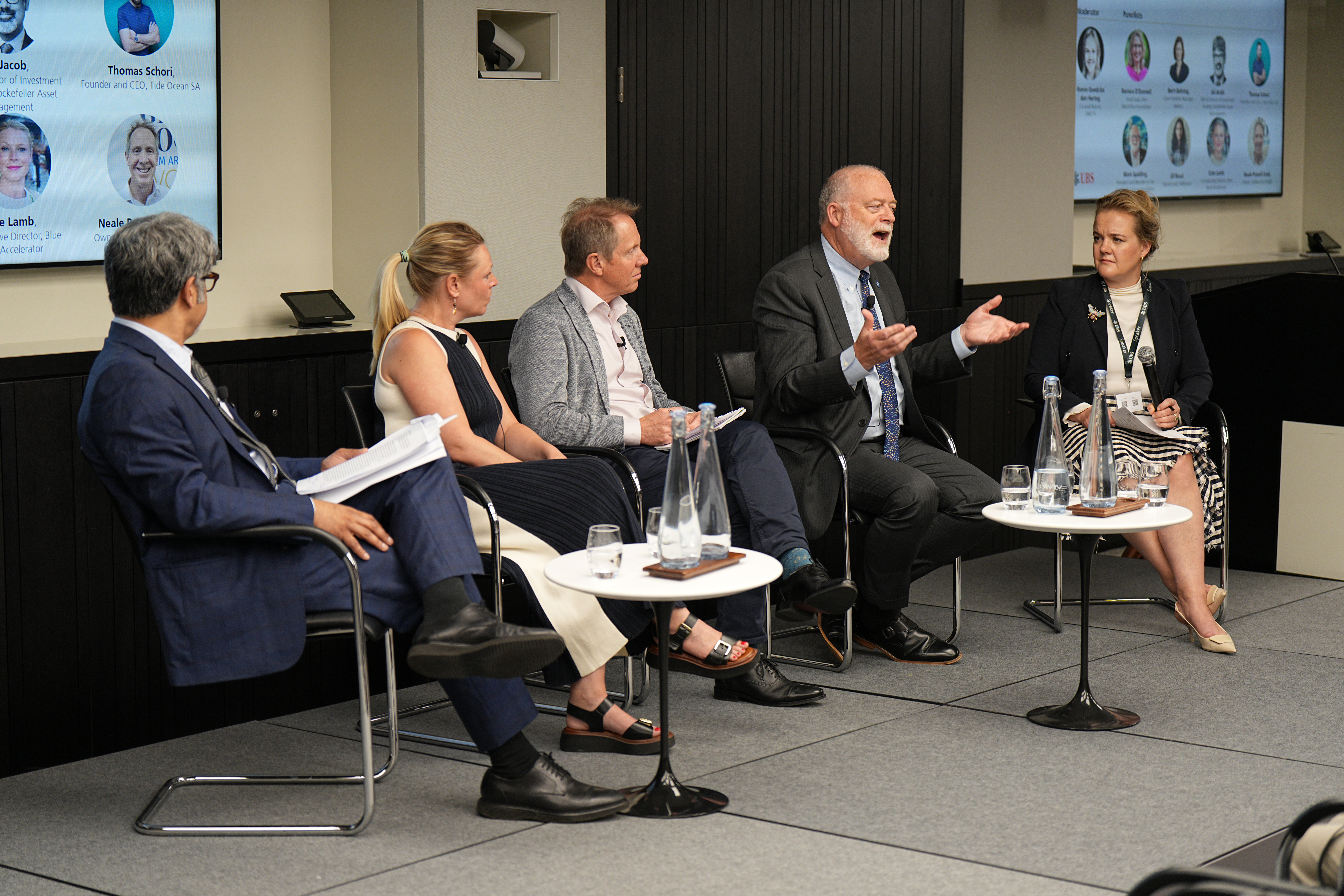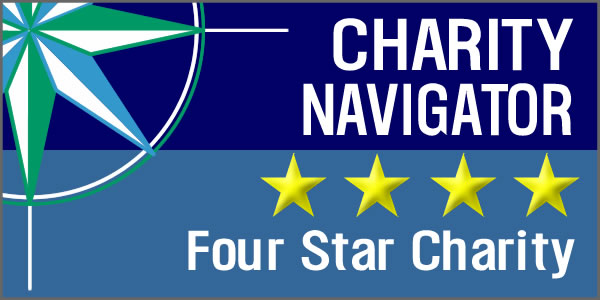Those of us who spend a lot of time in windowless conference rooms discussing the future of the ocean often find ourselves regretting that we don’t have more time on, in, or by the ocean. This spring in Monaco, I was a little shocked to find that our windowless conference room was actually under the Mediterranean Sea.
At those meetings, we discuss restoring abundance, ensuring the ocean continues to generate oxygen and store excess carbon emissions—all the services affected by human activities. As important, the ocean also provides boundless opportunities for recreation and enjoyment—as the millions who head to the seashore for vacations can attest.
Too often, I fail to take advantage of the opportunities available to me, living as I do along the coast. Last summer, I had a wonderful day trip where I got to visit some very special islands and even climb to the top of the historic Seguin lighthouse. This summer’s adventures included a day trip to Monhegan. For fair-weather visitors, Monhegan is for hiking, touring the historic buildings on Lighthouse Hill, browsing the galleries, and eating fresh seafood or enjoying the local beer. It is a place that is short on water and long on charm and history. Twelve miles off the coast of Maine, it has been inhabited by humans for over 400 years. The year-round population is under 100 people, but in the summer, thousands make the trek by boat.
Puffins flew across the bow as we chugged towards the island of Monhegan for the day. The cries of cormorants, gulls, and other seabirds greeted us as we pulled into port. So did the pickups from the island’s inns, ready to take the luggage from the overnight guests as we walked off the boat and onto the island on a bright sunny day.

I wouldn’t be doing my job if I didn’t mention that the Monhegan lobster fishery is a community resource, collectively managed and collectively harvested, with more recent oversight by Maine’s Department of Marine Resources. For almost a century, Monhegan’s lobstering families have put their traps in the water on Trap Day (now in October) and pulled them ashore about six or so months later. They were among the first to return undersized lobsters to the sea to grow some more. And they lobster through the winter months when higher prices can make withstanding the weather worth it.
The crossing back to Boothbay Harbor came with its own charms: A knowledgeable captain, a shark sighting, more puffins, and a few porpoises. We shared our space with others. We met the women of a mainland fishing family returning from their day out, hearing about catching bluefin tuna and waving to their families as they ushered us in. Two young boys stood in the bow with a great deal more confidence and joy than on their first-ever ride that morning, when their anxious hands gripped the railing as they got used to the rolling waves. As the efficient crew tied the boat to the pier and we lined up to thank the captain in turn as we disembarked, one of the boys looked up to her and said, “Riding on the ocean was great. Thanks.”

Sometimes, the threats to the ocean and the life within seem overwhelming when we’re up to our necks in the whats, the ifs, and the what ifs. Those times are perhaps when we need to remember the sense of gratitude that comes from a great day on the sea and the power of community to restore. I like to think I’m grateful for The Ocean Foundation’s community every day—and it is also true that I may not thank you all enough for the support you offer.
So, thank you. And may you get your time by the water, on the water, or in the water as you please.
